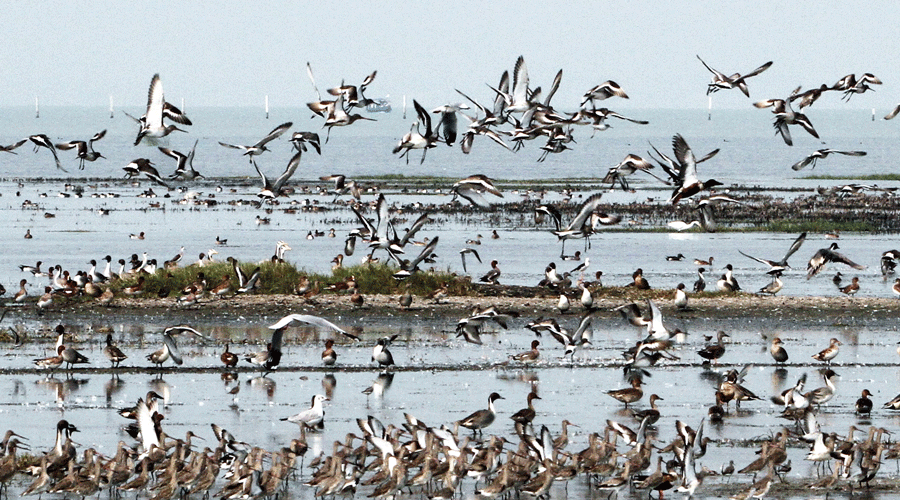New species of migratory birds from Siberia and Europe were sighted at Sukhsagar lake in Tripura’s Gomati district this year, according to an ornithologist.
The birds which were sighted for the first time this year are ruff, found in Europe, oriental pratincole, and common crane from Siberia in Russia.
“Three new species of birds from Siberia and Europe have been sighted in Sukhsagar lake. The flow of migratory birds this year into the lake is also amazing,” Dipankar Sinha, an ornithologist and member of the state Biodiversity Board, told PTI.
When contacted, deputy conservator of forest K.G. Roy said: “We have also noticed that good numbers of migratory birds are coming to the lake. This year’s bird census will be held next month, so we cannot tell the exact number of migratory birds in the state now.”
Assistant conservator of forest Anima Das said that according to last year’s census, at least 1,45,008 migratory birds were sighted in lakes and water bodies of the state.
Migratory birds visit Sipahijala wildlife sanctuary, Gomati reservoir, Gomati wildlife sanctuary, College Tilla lake in Agartala, Rudrasagar lake in Sipahijala district, Trishna wildlife sanctuary, and NIT College water body.
Every year more than 100 species of migratory birds visit Tripura from European, African and North American countries, forest officials said.
The migratory birds which visit Tripura are — large wader, northern shoveler, greater flamingo, black-tailed godwit, little cormorant, pheasant-tailed jacana, etc.
“Even one can find migratory birds in paddy fields or small water bodies. Tripura is an abode of migratory birds, who start coming in December and start returning in March,” Das said.
The assistant conservator said the forest department has taken many steps to protect those feathered visitors from poachers and stepped up patrols in those areas frequented by migratory birds as last year on January 28 more than 100 migratory Purple Moorhens were found dead in Sukhsagar lake.
The forest department launched a massive awareness programme so that people do not consume the birds, officials said.
Local people hunt migratory birds for consumption, forest officials said, adding that they even kill the birds by poisoning.
Birds migrate to other places because of the scarcity of food, climatic change and habitation (nesting) problems.
“Birds are quite intelligent in identifying locations. They find places by sight and smell. They navigate by observing the positions of the sun, stars and also the moon in a few cases. Sometimes they use the magnetic waves of the earth as well. Several migratory birds pay visits to this northeastern state,” Sinha said.











